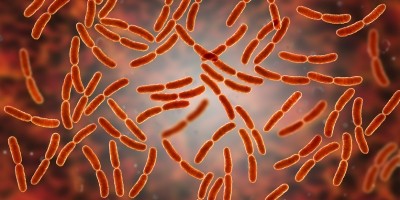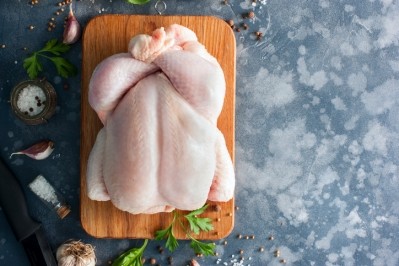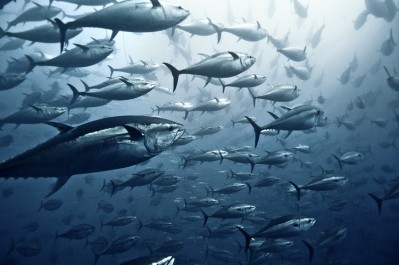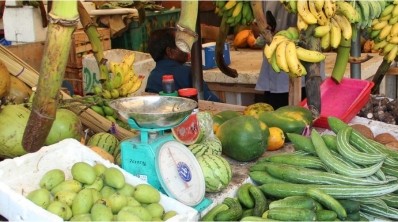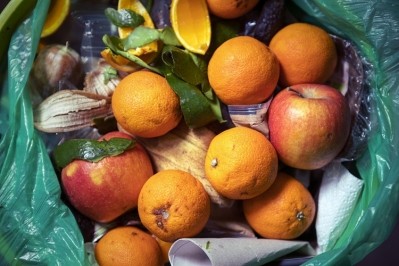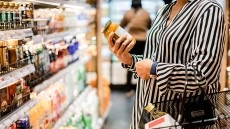‘A holistic approach’: EU-backed project taps microbiome to optimise food production
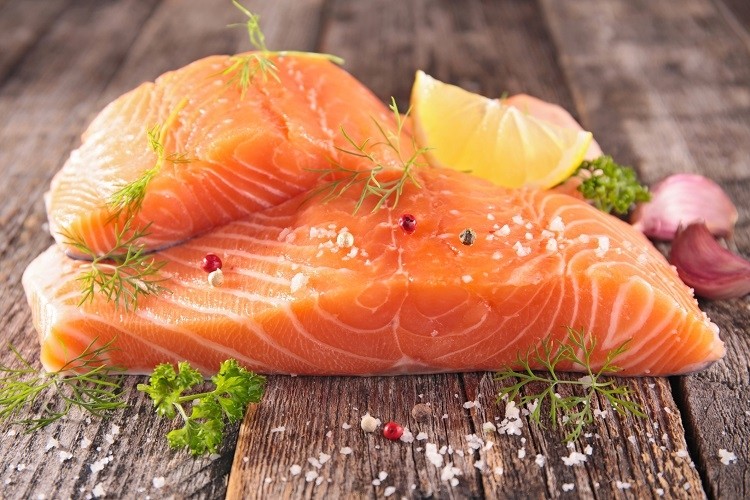
That the world needs to optimise its food production system is undisputed.
With global populations on the rise, and Europeans consuming twice as much meat as they did 50 years ago, the hunt is on for ways to make the current food system more efficient and sustainable. This means obtaining a greater output, whilst using fewer resources.
An Innovative Action project funded by the European Union is working to do just that – and hopes to reduce waste in the process.
“The main idea is that if food production systems – such as farmed animals – required fewer resources (like food, antibiotics, and other chemical inputs), there would subsequently be a decrease in waste,” HoloFood’s project Coordinator Professor Tom Gilbert told FoodNavigator.
“This, is turn, would lead to more environmentally responsible practices for the production of affordable food sources to feed the world’s population.”
Producing food to meet growing demand requires many resources which are ‘not currently optimised’ nor as sustainable as they could be, he continued.
“There are many unknowns related to optimising food production, in particular with regards to natural food additives such as natural pre and probiotics in order to encourage growth and wellbeing of farmed animals.”
This means that there is still many unknowns about the impacts of such additives on the animal microbiome, and indeed on the animal itself.
“Unless a more holistic approach is taken, whereby both the host animal and their respective microbiome is examined together in response to diet, attempts to improve feed additives may never reach their potential.”
A holistic solution
The project comprises 10 academic and industry partners from six countries across the bloc: Germany, Spain, Poland, Denmark, Norway, and the UK.
HoloFood is taking a ‘holistic approach’ by attempting to decipher the molecular and physiological processes triggered by feed additives, Gilbert explained.
More specifically, the project is focusing on two animal models – salmon and chicken – with different genetic backgrounds and raised under different controlled environments.
“Ultimately, the aim is to understand whether the genetics of chickens or salmon impact the effectiveness of a particular food additive,” we were told.
Understanding this interaction will help industry match the right food additives to the correct animals, for maximum output. Doing so would decrease food waste and spoilage, “all the while being more environmentally responsible”, the project coordinator said.
HoloFood will characterise the animals’ microbiome genomes, transcriptomes and metabolomes. Then, the researchers will look at how the microbiome interacts with animals’ genomes and transcriptomes in relation to key performance indices and animal welfare issues.
“This ‘holo-omic solution’ will then be piloted in commercial production environments in poultry and aquaculture,” said Gilbert.
Eventually, the technology could help companies make more targeted products for farmed animals. By tapping into the animals’ microbes, such firms could improve the ratio of muscle to fat, and ultimately make them grow larger and healthier with less food.
The end goal: sustainability
One of HoloFood’s primary goals is long term sustainability, which it aims to achieve by decreasing the ‘environmental strains’ of current agricultural practices.
This objective aligns with the EU Food 2030 initiative, explained Gilbert. Food 2030 was developed in response to international developments in the sector, including the UN sustainable development goals (SDGs) and conference of parties (COP)21 commitments.
The initiative is built on key food and nutrition security priorities, notably: nutrition for sustainable and healthy diets, climate smart and environmentally sustainable food systems, circularity and resource efficiency of food systems, innovation and empowerment of communities.
Beyond a more general sustainability goal, HoloFood aims to expand the current understanding of the interplay between a host microbiome in response to environmental factors.
“Optimising food production to increase protein yield by a small percentage per animal, whilst at the same time decreasing the environmental strain of the production, could bring huge benefits within the European food supply chain,” said Gilbert.
“Overall, we envision long term impacts of HoloFood for future solutions involving microbiome research for future sustainable food solutions.
“It is incredible pressing to address the need for cheaper protein sources that are also environmentally friendly.”
Social and economic impact
Beyond an environmental impact, the researchers envision the project will also benefit society – both socially and economically.
In terms of social impact, HoloFood aims to work with interested stakeholders and the general public on the benefits of the microbiome within food systems, Gilbert explained. “Consumers are increasingly interested in sustainable food solutions in return for affordable protein sources, and thus the outcome of HoloFood would be beneficial.”
Companies involved in the food industry would greatly benefit from this research, the project manager continued. If the project is successful, industry would require fewer resources to produce the same amount of food – which would also reduce food waste. “This would have significant economic impacts for the food industry, and in turn, for consumers as well.”
“Moreover, the techniques developed during HoloFood, from sampling to the analysis of huge quantities of generated data, as well as much of the data itself, will be used by academics and companies developing food additives, such as prebiotics and probiotics, and animal breeders.”
